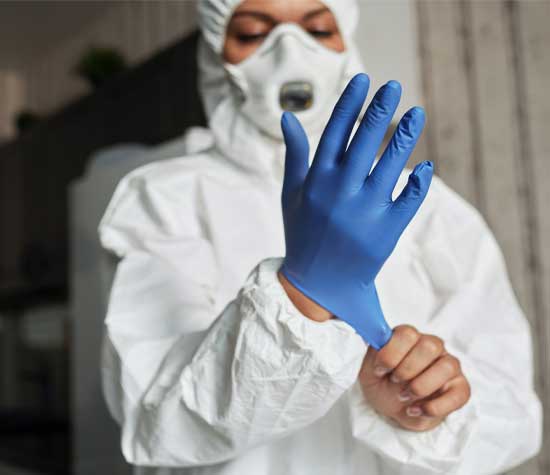Whenever possible workplace hazards should be eliminated or reduced through the use of proper work practices, and other engineering and administrative controls.
When hazards cannot be eliminated or adequately controlled, the use personal protective equipment (PPE) may be required. UCOP policy and Cal/OSHA regulations (CCR, Title 8, Section 3380) require supervisors to identify hazards and assess the need for Personal Protective Equipment (PPE) through documented workplace hazard assessments.
Supervisors are also responsible for ensuring employees know how to use PPE properly, and it is maintained in a safe and sanitary condition.
Supervisor Responsibilities
Use the Index Below to Navigate Throughout This Page
Hazard and PPE Assessments
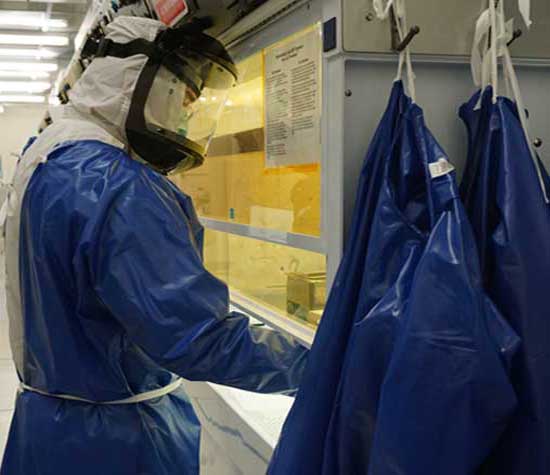
Each supervisor shall assess the workplace to determine if hazards are present, or are likely to be present, which necessitate the use of personal protective equipment (PPE). Each supervisor shall verify that the required workplace hazard assessment has been performed through a written certification that identifies the workplace evaluated; the person certifying that the evaluation has been performed; the date(s) of the hazard assessment; and, which identifies the document as a certification of hazard assessment. The hazard assessment should be repeated when new hazards are identified, or introduced into the workplace, or at least every three (3) years.
EH&S has several tools available to assist supervisors with the hazard assessment process. The web based Assessment Tool is available to Principle Investigators and other research supervisors to help identify and communicate hazards present in a lab or other research area. For non-research areas, the printable and easy to use UCSB Hazard Assessment & Personal Protective Equipment Selection Tool should be used for the completion and documentation of PPE and hazard assessments.
Personal Protective Equipment Selection
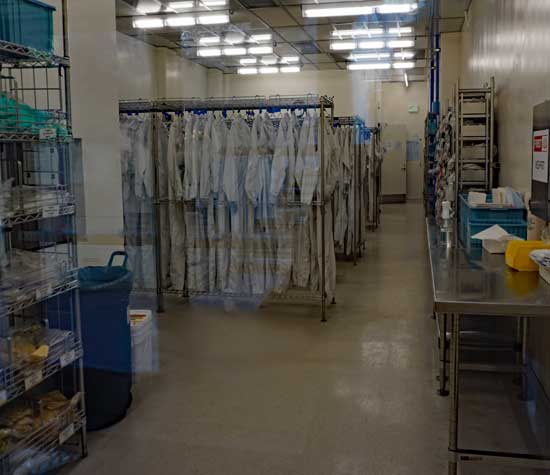
The physical, chemical and/or toxic properties of the material typically dictate the type and degree of protection required. However, additional items such as the specific job task, likelihood of exposure and worker comfort, must also be considered when selecting personal protective equipment. Some examples of commonly used personal protective equipment are respirators (must be enrolled in the UCSB Respiratory Protection Program), safety glasses, lab coats, ear plugs, disposal coveralls, gloves, hard hats and safety shoes.
If there are hazards present in the work environment which cannot be controlled through engineering or administrative means and require the use of PPE, the supervisor shall:
- Select and ensure the use of PPE that will protect employees from the hazards identified in the hazard assessment;
- Communicate selection decisions to each affected employee; and,
- Select PPE that properly fits each affected employee.
PPE shall be of such design, fit and durability as to provide adequate protection against the hazards for which they are selected. PPE should be reasonably comfortable and shall not unduly encumber the employee's movements necessary to perform their work. Supervisors shall ensure that all personal protective equipment, whether employer-provided or employee-provided, complies with the applicable Title 8 standards for the equipment. Each supervisor is responsible for periodically re-evaluating the selection and use of PPE in work areas under their control.
Training
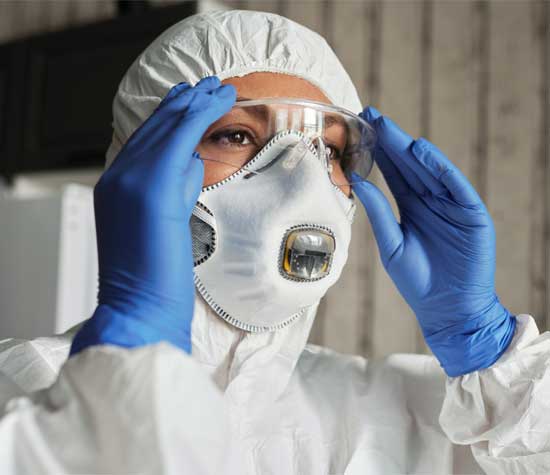
PPE functions as a simple barrier from hazards and provides no hazard control; therefore exposure can occur if not used properly. Supervisors must provide documented training to employees who are required to use PPE. Employees shall be instructed on its use in accordance with the manufacturer's instructions. Each affected employee shall be able to demonstrate the ability to use PPE properly and an understanding of the items listed below:
- When PPE is necessary;
- What PPE is necessary;
- How to properly don, doff, adjust, and wear PPE;
- The limitations of the PPE; and,
- The proper care, maintenance, useful life and disposal of the PPE.
Maintenance and Replacement
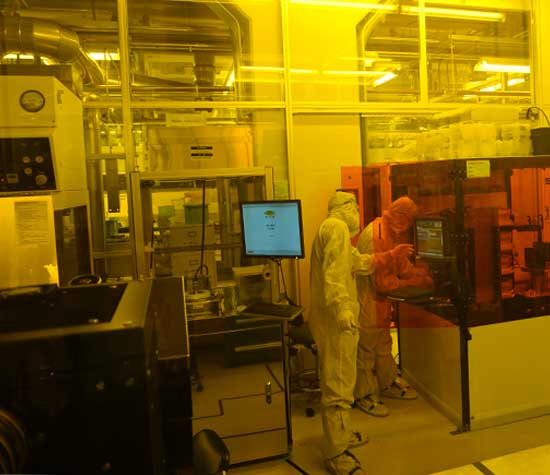
- Supervisors are responsible for ensuring that worn or damaged PPE is replaced when necessary.
- Defective or damaged personal protective equipment shall not be used.
EH&S SERVICES
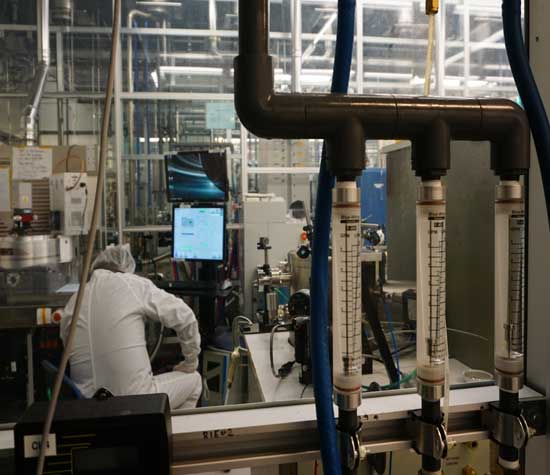
EH&S can provide assistance with PPE selection and training to supervisors and employees as requested.
To request assistance please contact the appropriate EH&S division listed below:
| Biological Safety | For assistance regarding PPE for biological related hazards, please contact the Campus Biosafety Officer. |
| Industrial Hygiene | For respirators, hearing protection and non-laboratory chemical safety equipment, please contact the Industrial Hygiene Division. |
| Lab Safety & Chemical Hygiene | For assistance regarding PPE for non-biological laboratory related hazards, please contact the Laboratory Safety Division. |
| Industrial Safety | For assistance regarding PPE for shop machinery, tools and equipment, please contact the Industrial Safety Division. |
| Radiation Safety | For assistance regarding PPE for lasers and radiological hazards, please contact the Radiation Safety Division. |
Additional Resources
